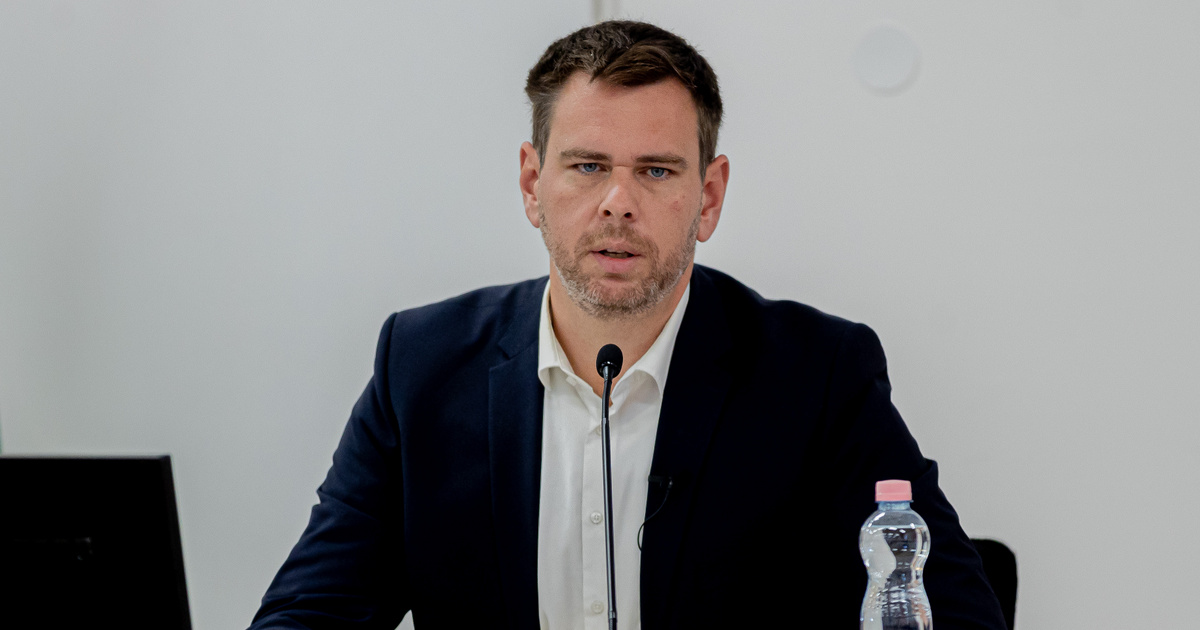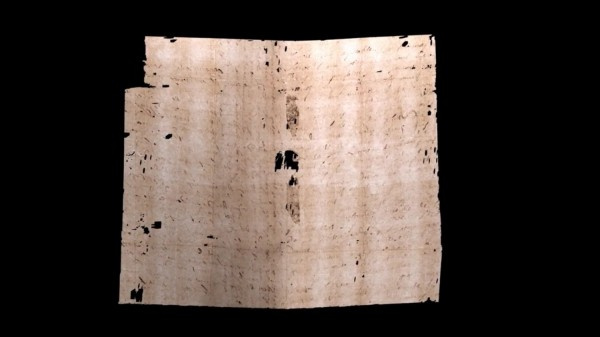It’s amazing where the science really exists! King Arthur tells Sir Bidverry at Foot Gallop. This rather sarcastic (not) sentence is often pronounced when the press talks about a discovery made by British scientists pushing the boundaries of science, but it is often common sense. Well, the present result can be described as both serious and revolutionary.
A newly developed technique was used to read a letter from 1697. Of course, this in itself would not be an achievement, but after the letter was written, it was folded in an intricate manner called letter-binding so that it also served as its own envelope. Hence, opening it will cause irreparable damage to the paper. However, the shipment dated July 31, 1697, unopened, was returned to the post office and then to a collection.
The message arrived from here, from a Dutch museum, to Britain, and the new method that was followed there revealed its secret. A scan of a high-resolution X-ray machine at Queen Mary University of London revealed that the letter was sent by French merchant Jacques Senac to his cousin in The Hague, requesting a document certifying the death of a third person, Sciencealer reported.
Photo: Nature Connections
The ultrafine device, which uses x-rays, was originally developed for a comprehensive dental examination, however
The metal in the black ink used to write the letter appears in the footage like various parts of the teeth.
However, reading the letter did not cause much trouble, because not only did the words on the folded paper mix, but in many cases the letters themselves overlapped. Researchers first attempted to decipher the resulting images using a brute-force algorithm, but in 2016, the attempts were abandoned. In the five years that followed, they continually improved their methods until they came up with a solution that eventually became fully automated.
A procedure called X-ray microscopy (XMT) allows reading about 250,000 rolls, letters, and other documents of unknown content around the world. Without resolving it and the damage that inevitably accompanies it. Most of the documents date back to the 17th century. And nineteenth. It dates back to the 16th century, and according to historian Howard Hutson, a researcher at the University of Oxford, he has many interesting finds in the store.













































